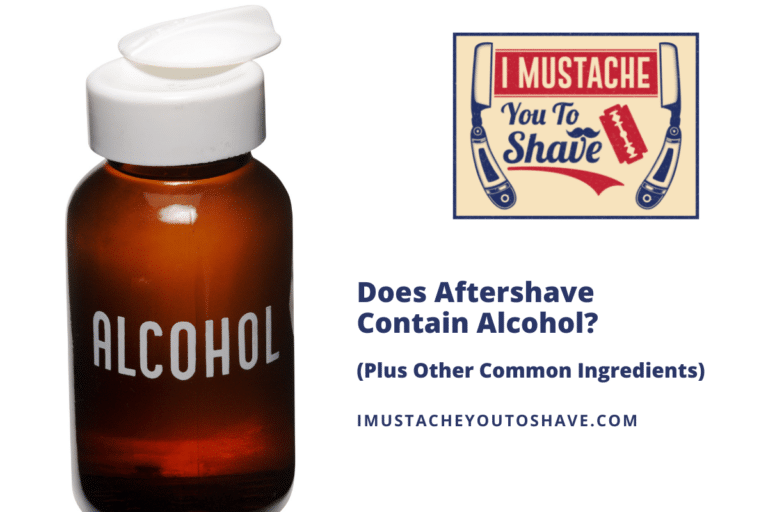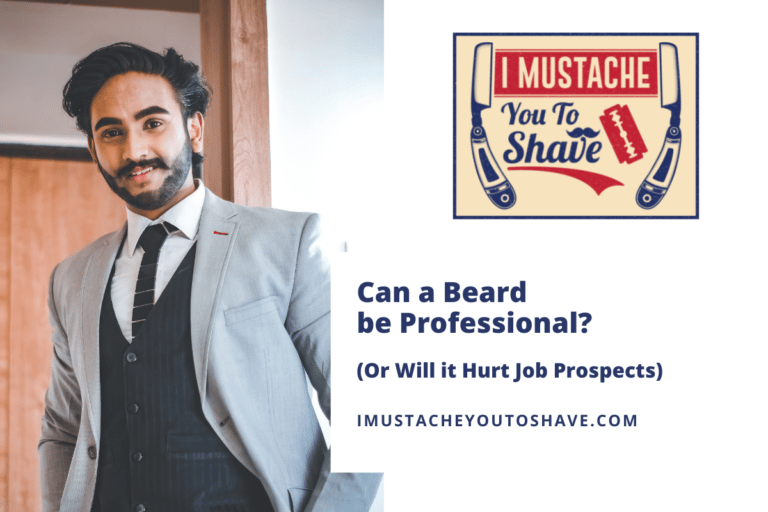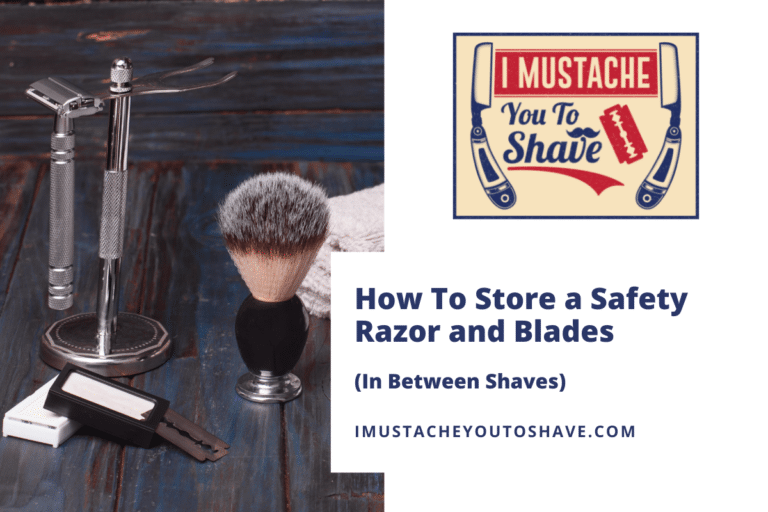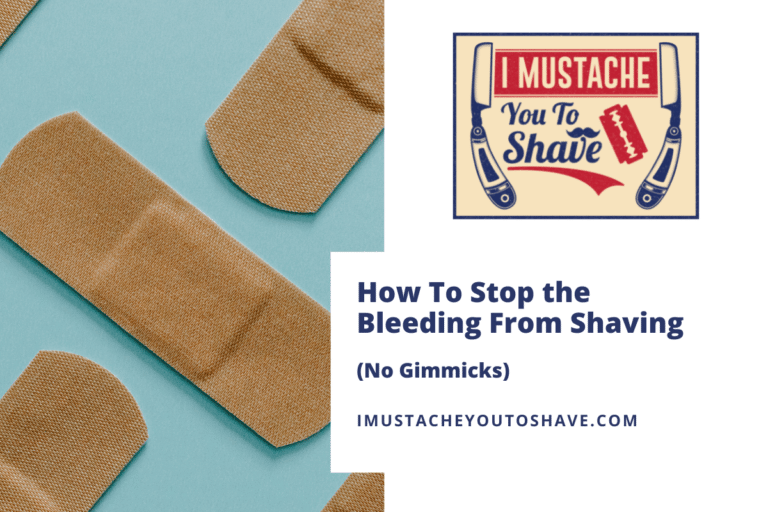Can You Shave Over a Mole? (Practical Advice and Safety)
Moles come in all shapes, sizes, and textures. They can be with us from birth or develop later in life. Often they appear in areas, such as the edges of the lip, that make shaving inconvenient. Some superstitions claim that removing hair from a mole by shaving or plucking will cause cancer, but are the actual facts of shaving a mole?
It is safe to save over most moles, especially ones that are flatter and closer to the skin’s surface. It is safe to remove hair from more prominent moles, but they may bleed heavily if nicked, causing more inconvenience than the hair itself. When shaving, choose a detail-oriented blade and use caution around the mole.
Keep reading to learn more about shaving moles, including the best way to manage it (and a couple of tips in case you cut yourself!).
Shaving over moles – is it okay?
Shaving over a mole is perfectly safe but sometimes special care may be needed to prevent irritation.
Contrary to the old wives’ tale, shaving over a mole will not cause cancer; however, it can damage it and become infected. Exercise caution, especially for protruding moles, to avoid cuts but shaving flatter and smoother moles is perfectly safe.
Shaving, waxing, and plucking will not cause cancer or medical complications but they can lead to some discomfort and, at worst, an infection if the damage is not treated correctly.
Always monitor moles for changes in shape, color, and sensitivity. If changes do appear, always seek out the advice of a medical professional.
What happens when you shave over a mole?
If you shave over a mole, you may inadvertently nick it or even cut the mole off. This will likely bleed relatively heavily but it will not heal much differently and any shaving injury.
Most of the time you will see no issues when shaving over moles unless it is nicked or cut. Shaving over a mole, while it may be slightly irritated or possibly cut, will not lead to further medical complications.
Moles are not much different than other skin. They may rise slightly higher above the skin surface. A mole is just a collection of cells that create melanin, melanocytes. These are often benign but any changes in shape and structure should be noted.
Can shaving over a mole irritate it?
Moles are only slightly more sensitive than the skin around them, but they are really good at getting in the way.
All skin can be irritated when shaving, but moles can be more sensitive to friction as they are higher than the surrounding skin.
Check the pressure applied to the razor if it tends to be irritating regularly. If it is routine nicks or cuts, you can shave around the mole and do some gentler detail work at the end of your shave.
How do you stop a mole from bleeding if you cut it shaving
I’ve done this many times with a small mole on my neck – it bleeds a lot and takes forever to stop. It’s a common issue.
To treat a cut mole:
- Clean the damaged mole with a cotton ball and rubbing alcohol.
- Apply pressure until the bleeding stops.
- If possible apply healing ointment and a bandage.
Many moles on the face are too awkward to be bandaged but applying a styptic pencil can usually help slow or stop the bleeding.
How do you shave with a mole?
If you have a mole in an area you shave regularly, you probably already know how inconvenient it can be to deal with. Are there any ways to make the process easier?
When shaving a mole:
- Use caution – Flat blades can usually be shaven over without issue but moles that protrude more may catch the blade. You can lighten your stroke in these areas to avoid additional pressure on the mole.
- Shave around the mole – Those moles that do protrude can be shaved around. If they are larger in area or can not be avoided they can be shaved over lightly or the hair can be removed by plucking if they are thick.
- Use a more detail-oriented razor – Detail razors have become popular for eyebrow shaping and lining up facial hair. These smaller razors can come in handy beneath the nose and corners of the mouth. Using a much smaller razor you have the luxury of visibility that larger razors do not provide. These micro-razors should only be used for small areas and not the entire face.
- A straight razor is often recommended on forums as the corners of the actual blade can get closer to imperfections than that of safety razors or cartridges.
- Consider having the mole removed – Whenever possible, consult a medical professionals especially if you experience regular irritation or injury while shaving. Having the mole removed would be quick and reasonably painless, and could prevent further shaving problems.







